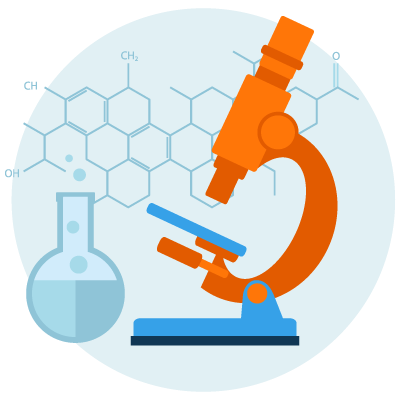Recent research has highlighted the importance of walking (for those able) and exercise as strategies for people living with MS to maintain wellness. Issues with walking and walking patterns (gait) often lead to consultations with allied health professional such as physiotherapists and exercise specialists. However, there is little information for these therapists on exactly which muscles are affected in the lower limbs and how muscle weakness may contribute to gait as the disease progresses. Additionally, there is a lack of best practice guidance on specific training programs to improve walking and mobility in people living with MS.
Dr Phu Hoang and his team plan to explore the impact of weak muscles on walking patterns in people with MS and aim to develop an effective approach to improve gait. The first part of the study explores lower limb muscle weakness in people with MS at different stages of the disease. The second part of the study will compare traditional strength training, which is used in current MS therapy, against a more individualised approach targeting commonly seen symptoms in MS, such as footdrop and knee hyperextension. It is hoped that this new knowledge will provide clinicians with more effective interventions to improve mobility for people living with MS and to assist in improved rehabilitation programs for the future.
Dr Hoang and his team have recruited 80 people living with MS and 65 people living without MS for the first part of their study in assessing lower limb strength and walking ability in individuals with MS. Dr Hoang and his team plan to recruit a further 15 people living without MS as control participants for the study and will continue their data collection and analysis throughout 2024.
The second part of the study could not commence during the pandemic due to restrictions and vaccination hesitancy among participants with MS. Given these delays, recruitment efforts have been paused for this part of the study.
Dr. Hoang has published several articles and reports based on the findings from this research.
Updated 31 March 2024
$240,000
2021
3 years
Current project




